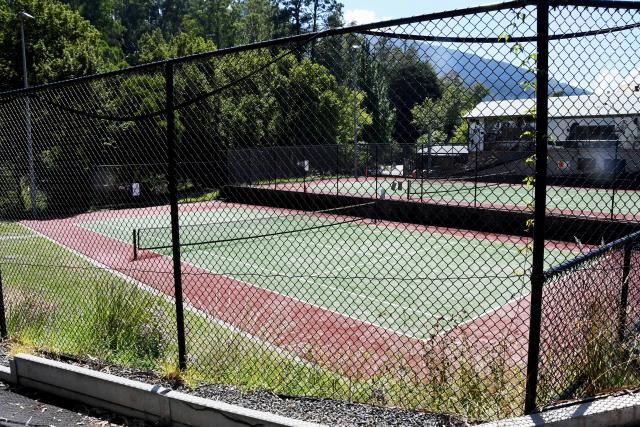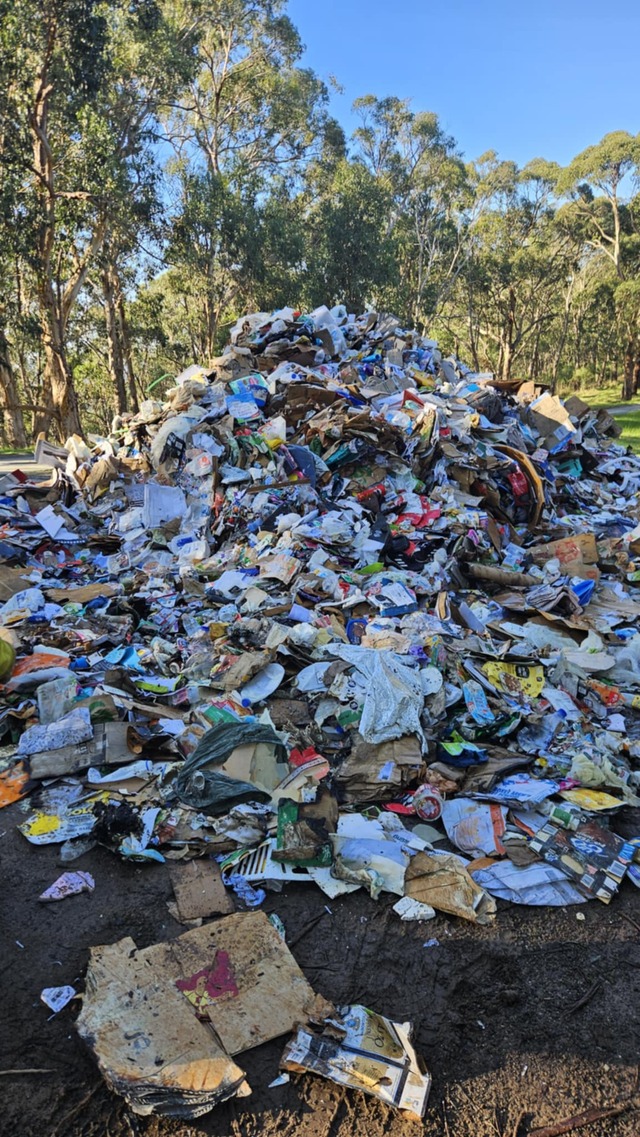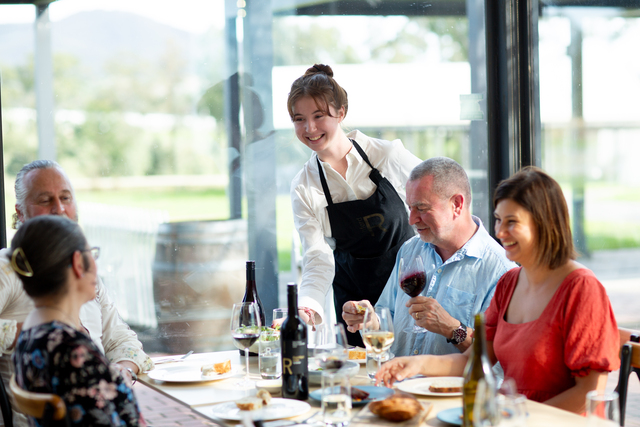The historic Warburton Tennis Club is facing a significant change in the future with Yarra Ranges Council’s Warburton Place Plan and Urban Design Framework proposing a move to the Recreation Reserve.
The club has called their riverside space home at the far end of Thomas Avenue since the early 1900s.
Warburton Tennis Club Committee Member Jane Stormer said the incredibly long history of the club and the clubhouse is part of what makes it really special.
“To try and take that history away, I think for a lot of us would be quite devastating. Some of our members may think it’s better to go up to the Recreation Reserve, but I’m also aware that other groups are involved there and there isn’t a lot of space,” she said.
“We are not sure it is necessary for us to become part of the recreation reserve precinct it’s quite complex to manage already with just the football club, the cricket club, the anglers club and the bowling club.”
According to a Shire of Yarra Ranges Heritage Study from 2000, tennis became increasingly popular in Warburton during the 1920s, with the expansion to a second court needed in 1927-28 to accommodate the demand. The opening was even attended by two-time Australasian Championships winner Pat O’Hara Wood, his wife and fellow player Meryl Waxman, a T.E Robinson and another Australiasian Champion in Esna Boyd.
Ms Stormer said the clubhouse was partially built with money from Clementia Story, a Warburton resident who gifted the club 25 pounds in her will, as one of eight donations to various community groups.
“It’s one of the places that make Warburton unique and I don’t understand the need to dismantle it. This is history that needs to be acknowledged,” she said.
“We’re happy to engage with Council to discuss things further and we’ve had a really good relationship with Council up until now. There are challenges and opportunities in the whole thing and as a club, we need to have a discussion, but the Urban Design Framework has been completely different to our negotiations to date.”
According to the Reserve Bank of Australia’s Pre-Decimal Inflation Calculator, 25 Australian pounds in 1926 would be worth $2249.05 in today’s dollars.
Director of Planning and Sustainable Futures at Yarra Ranges Council Kath McClusky said the proposed concept for the tennis courts protects and enriches the heritage character and value by retaining and restoring the existing tennis pavilion and Swing Bridge while increasing public access to the spaces and building.
“The concept proposes a new landscaped public forecourt, with seating and tree planting, improving access for all, and providing opportunities for greater social connection and bringing more life to the current site,” she said.
“The two existing courts have been heavily modified over the years and have minimal original heritage fabric. Relocating the two existing tennis courts and expanding with an additional two courts will enable the club to grow, while also upgrading the courts to meet current competition design requirements.”
Feedback on the Warburton Urban Design Framework can still be provided online at www.shaping.yarraranges.vic.gov.au/warburton-urban-design-framework until 12 March.
Ms McClusky said Council have engaged extensively with Warburton residents seeking their feedback and input into the shaping of the future of Warburton, with dedicated and detailed conversations with the tennis club and heritage representatives about their site and the details of the proposals.
“The draft UDF engagement will meaningfully consider all recommendations and ideas, and where appropriate will make updates to more closely align with their interests. Community feedback during this engagement will help to shape the final plan and projects in the community,” she said.
“Once the UDF has been adopted by Council, each of the projects proposed will also undertake their own dedicated consultation with the local community to inform detailed design and prepare for delivering real on-the-ground outcomes.”







